Research
Search our website
Search our website by entering a keyword or choose a database above to search specifically.
Search
Showing search results 3,661 - 3,670
14,725 results found

Flail
This text can only be consulted in Dutch
<https://www.mot.be/resource/Tool/flail?lang=nl>
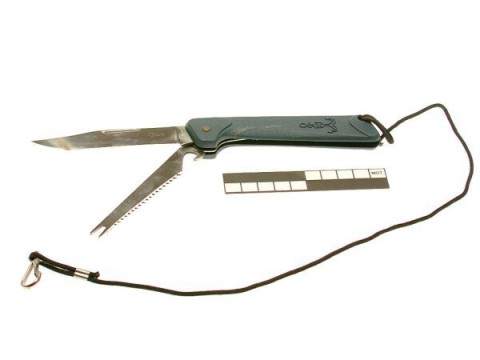
Fishing knife (folding)
This text can only be consulted in Dutch
<https://www.mot.be/resource/Tool/fishing-knife-folding?lang=nl>

Fire shovel (stoker)
Iron shovel (length 100-120 cm; width 15-20 cm) with flat blade and iron
handle, with which the coals are brought together in the boiler. Often the
stem ends in a ring. The stoker's fire shovel is usually part of a set,
along with a poker, oven rake and clinker tongs. See also fire shovel
(blacksmith). [MOT]

Fish chopping-knife
Chopper with a heavy, elongated or curved blade that is fixed in a straight
handle and used to chop fish into pieces. It is distinguishable from the
single-handed meat cleaver because it is lighter and has a rounded, thinner
blade. The cut is straight or convex. [MOT]

Feather duster
This text can only be consulted in Dutch
<https://www.mot.be/resource/Tool/feather-duster?lang=nl>

First bit
This text can only be consulted in Dutch
<https://www.mot.be/resource/Tool/first-bit?lang=nl>

Faggot press
This text can only be consulted in Dutch
<https://www.mot.be/resource/Tool/faggot-press?lang=nl>

Fireplace brush
This text can only be consulted in Dutch
<https://www.mot.be/resource/Tool/fireplace-brush?lang=nl>

Fire-hook
This text can only be consulted in Dutch
<https://www.mot.be/resource/Tool/fire-hook?lang=nl>
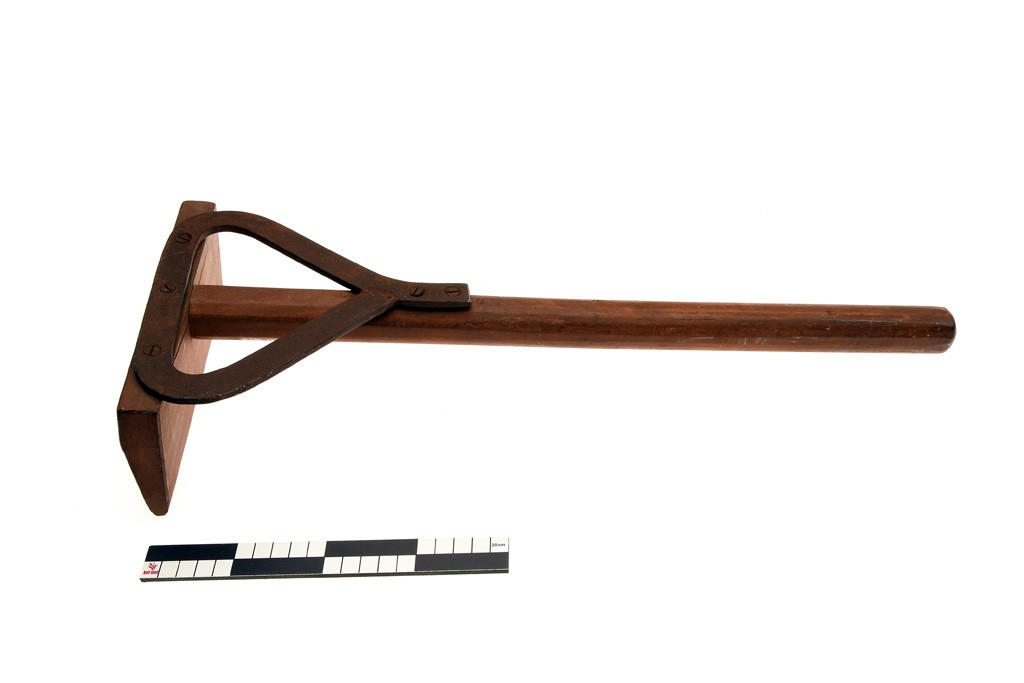
Fish triage stick
This text can only be consulted in Dutch
<https://www.mot.be/resource/Tool/fish-triage-stick?lang=nl>



